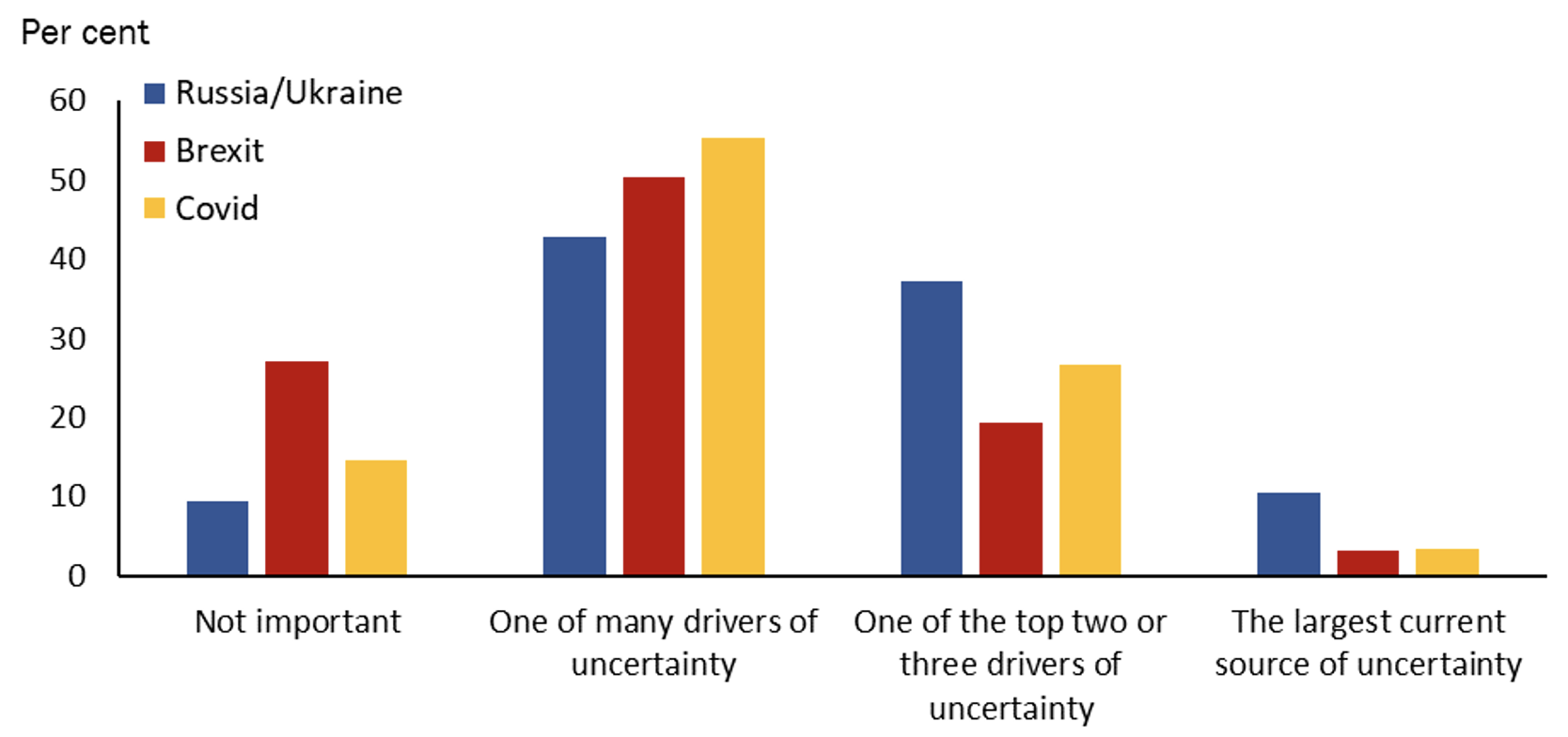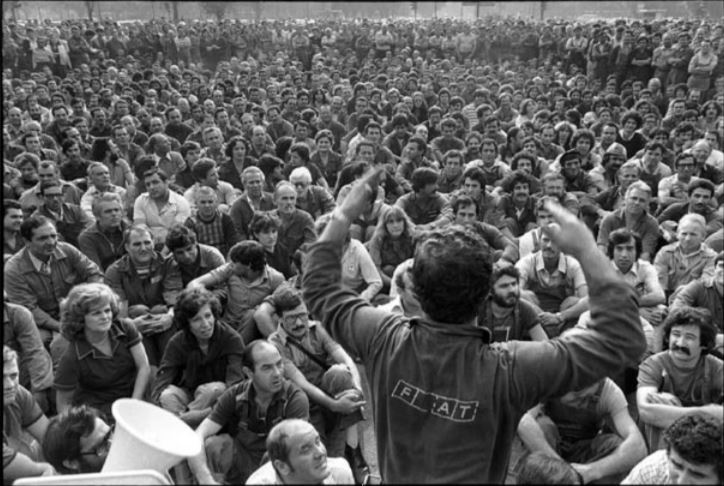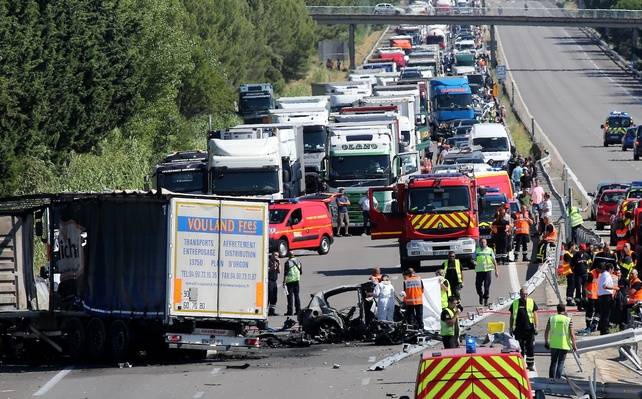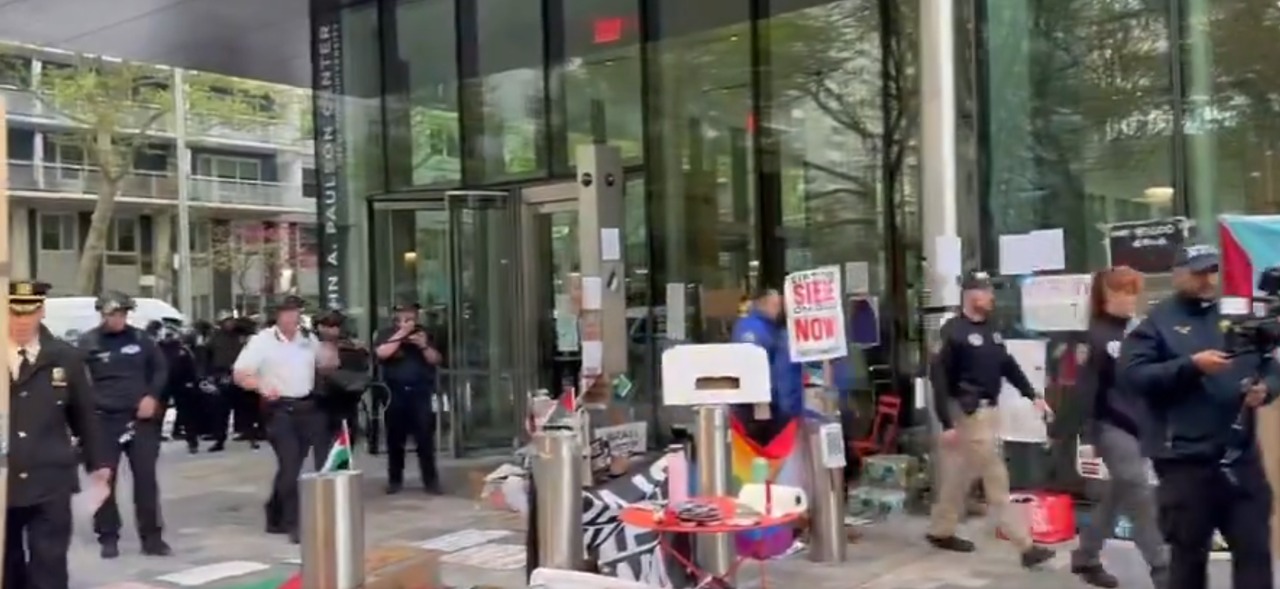Ukraine Conflict: How Spring Weather Could Affect Russia's Military Campaign

Table of Contents
The Impact of the Rasputitsa (Mud Season) on Military Mobility
The spring thaw in Ukraine, known as Rasputitsa, transforms the landscape into a sea of near-impassable mud. This significantly hinders the movement of heavy military equipment, creating a major challenge for both sides of the conflict.
Reduced Maneuverability
- Tank Tracks and Vehicle Engines: The heavy mud can quickly clog tank tracks, rendering them immobile and causing severe damage to engines. The weight of armored vehicles compresses the mud, making extraction extremely difficult and time-consuming. This requires significant logistical effort for recovery.
- Russia vs. Ukraine Mobility: Russia, with its reliance on heavy armored formations, faces particularly significant challenges during the Rasputitsa. Ukraine, with a more dispersed and potentially more mobile force, may be better positioned to adapt, though not without challenges. The impact of the mud on logistical capabilities is crucial here.
- Logistical Bottlenecks: The reduced maneuverability leads to severe logistical bottlenecks. The delivery of supplies, ammunition, fuel, and reinforcements becomes exponentially more difficult, potentially crippling military operations. This impacts both offensive and defensive capabilities.
Increased Vulnerability
Reduced maneuverability directly translates into increased vulnerability. Military units become easier targets for ambushes and attacks.
- Offensive and Defensive Strategies: Offensive operations become much riskier and more difficult to execute. The slower pace of movement allows the defending side more time to prepare and reinforce. Similarly, defensive positions become harder to shift or reinforce rapidly.
- Artillery and Air Support Effectiveness: While artillery remains a powerful weapon, its effectiveness is hampered by the logistical challenges of moving ammunition and the limitations imposed by difficult terrain. Air support, while helpful, cannot fully compensate for the limitations on ground mobility. The reduced maneuverability means that artillery positions may become more vulnerable to counter-battery fire.
The Effect of Spring Thaws on River Crossings and Fortifications
The spring thaw significantly impacts river crossings and the integrity of fortifications, adding another layer of complexity to military operations in Ukraine.
Challenges to River Crossings
Rising water levels and widespread flooding due to snowmelt create serious challenges for river crossings.
- Relevant River Systems: The Dnieper River, as well as numerous smaller rivers and streams across the conflict zone, will experience significant increases in water level and current, making crossings extremely hazardous. This directly affects military planning and strategic movements.
- Impact on Russia's Planned Offensives: Many Russian offensives rely on the ability to maneuver across waterways. The spring thaw could significantly disrupt or even prevent these offensives, creating opportunities for Ukrainian defenses.
Impact on Defensive Positions
The spring thaw can also undermine the stability of existing fortifications and trenches.
- Weakening Defensive Lines: Flooding can cause trenches to collapse, weakening defensive positions and rendering them unusable. This can create unexpected gaps in defensive lines, exploitable by the opposing force.
- Implications for Offensive and Defensive Operations: The compromised defensive positions force both sides to adapt their strategies, often leading to increased casualties and slower advances. This necessitates tactical adjustments and potentially changes to the overall strategic aims.
The Role of Spring Weather on Air and Artillery Operations
While air and artillery power remain significant factors, spring weather conditions will undoubtedly influence their effectiveness.
Air Operations
Reduced visibility due to rain and persistent low cloud cover significantly impacts air superiority and reconnaissance missions.
- Drone and Air Support Effectiveness: The effectiveness of drones and air support is diminished by poor visibility. Reconnaissance becomes harder, and the precision of air strikes reduces. This impacts situational awareness and the potential for successful operations.
- Comparison of Air Force Capabilities: The impact of reduced visibility might affect the superior air power of Russia to some degree. However, both air forces will be similarly affected by the challenging weather conditions.
Artillery Effectiveness
Mud and reduced visibility can also limit the accuracy and effectiveness of artillery strikes.
- Impact on Targeting and Logistics: Targeting becomes more difficult in low visibility, while the movement of ammunition and the maintenance of artillery pieces becomes significantly harder in muddy conditions.
- Different Types of Artillery: The impact may vary depending on the type of artillery system used and its ability to operate under challenging conditions. Both sides would need to adapt their artillery strategies accordingly.
Conclusion
The arrival of spring weather in Ukraine presents significant challenges for Russia's ongoing military campaign. The Rasputitsa, or mud season, will likely severely limit the mobility of its heavy armored units, impacting its ability to launch large-scale offensives and potentially creating vulnerabilities. Changes to river crossings and the integrity of fortifications will further complicate military operations. While air and artillery support may still be utilized, their effectiveness could be diminished by reduced visibility and challenging terrain. Understanding the Ukraine Conflict Spring Weather Impact is crucial for analyzing the evolving situation and predicting the future trajectory of the conflict. Stay informed about the impact of changing weather conditions on the ongoing conflict by following further updates on this crucial factor influencing the Ukraine Conflict Spring Weather Impact.

Featured Posts
-
 Appello Becciu Il 22 Settembre Inizia La Battaglia Per La Verita
Apr 30, 2025
Appello Becciu Il 22 Settembre Inizia La Battaglia Per La Verita
Apr 30, 2025 -
 Lich Thi Dau 10 Tran Dau Hap Dan Giai Bong Da Thanh Nien Sinh Vien Quoc Te 2025
Apr 30, 2025
Lich Thi Dau 10 Tran Dau Hap Dan Giai Bong Da Thanh Nien Sinh Vien Quoc Te 2025
Apr 30, 2025 -
 Minnesota Timberwolves Win Thanks To Edwards Strong Performance Against Brooklyn Nets
Apr 30, 2025
Minnesota Timberwolves Win Thanks To Edwards Strong Performance Against Brooklyn Nets
Apr 30, 2025 -
 Ameliorer La Securite Routiere Le Role Crucial Des Glissieres De Protection
Apr 30, 2025
Ameliorer La Securite Routiere Le Role Crucial Des Glissieres De Protection
Apr 30, 2025 -
 Nypd Investigating Pro Israel Demonstrators For Harassment Of Woman
Apr 30, 2025
Nypd Investigating Pro Israel Demonstrators For Harassment Of Woman
Apr 30, 2025
